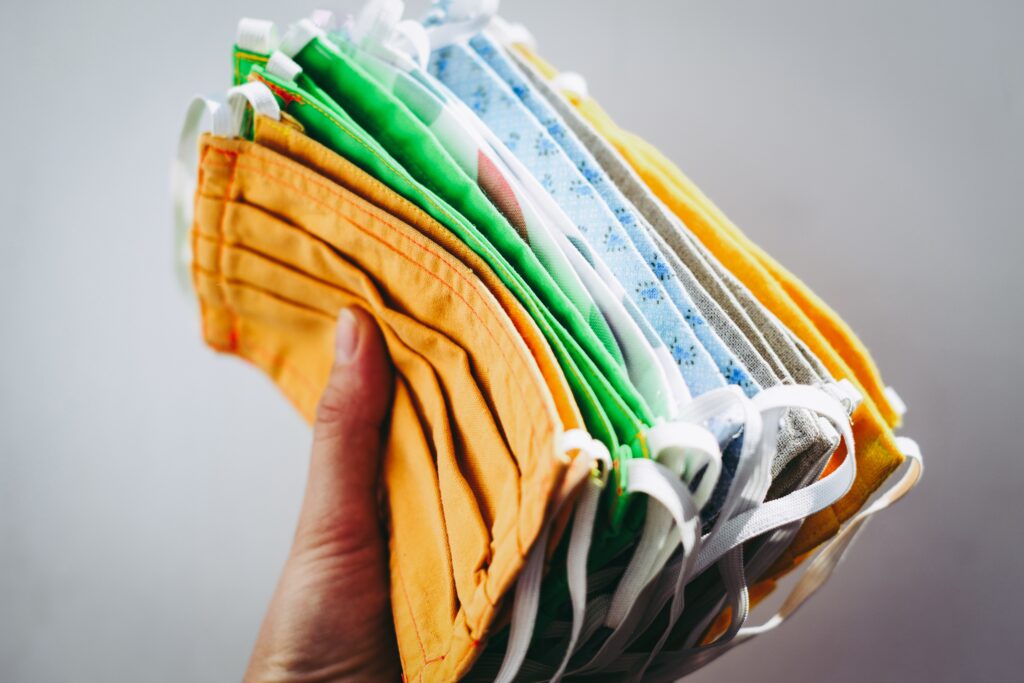
The advent of 2020 has been marred by various abhorrent events, the bane of which being the COVID-19 pandemic. Despite the initial controversy regarding the wearing of masks, it has become apparent, through various studies, that wearing masks does help abate the number of cases. According to some studies, it may even be a more effective bulwark, against the spread of the virus, than a lockdown. As such, many countries have enacted laws which require people to wear masks in public areas. However, this has been met with ambivalent public sentiment. Some believe that it is an infringement on their civil liberties while the rest assent to wearing them to augment public safety.
Though there is still a lot of superfluous debate concerning the efficacy of masks, in most countries it is gradually becoming the norm to wear them. So for a lot of people, the rare outing is always anteceded with the ritual of wearing a mask. Now that a walk outside has become reminiscent of something out of a sci-fi or dystopian novel and the masks serving as a constant admonition of the looming threat posed by the virus, it becomes an arduous task to fight apprehension in these dire times. Which brings me to a brooding question in the back of my mind: how long will wearing masks remain the norm?
It seems as though a vaccine will not be available for mainstream use very soon, at the very minimum we should expect to wear masks until one comes out – if not longer. There have been a wide range of predictions as to when a vaccine will be developed, everything from a few months to several years. Eric Toner, a senior scholar at the Johns Hopkins Center for Health Security who conducts practice virus simulations as part of his work, to prepare for an outbreak such as COVID-19, believes that there will be a burgeoning increase in the number of cases during the summer and that it is highly likely that we could very well be in this predicament for around several years. Therefore, it’s not a stretch to assume that we will be wearing masks for a significant amount of time.
Although wearing masks seems so foreign to us, for many in East Asia, this is nothing unprecedented. After the Spanish flu ravaged Japan during 1918-20, leaving around 453,000 fatalities in its wake, wearing masks slowly became the norm in Japan. Whilst in other countries they slowly abraded away due to various stigmas. The reason masks didn’t catch on was because people thought it was an infringement on their civil liberties and men used to think it was too feminine for them to wear. This aversion towards masks led to the formation of an anti-mask league in San Francisco in 1919. They fought for the mask-wearing mandate to be repealed, eventually, the government caved in to their demands. Which led to 45,000 infections and resulted in San Francisco becoming one of the worst-hit cities in the US.
The use of masks wasn’t as ubiquitous in other East Asian countries until the SARS epidemic in 2003, which proved to be a catalyst for the prevalent adoption of masks in East Asia. Masks are not only used during flu season but all year round as protection from micro dust due to high levels of air pollution. However, masks are no longer solely used as a means of protection. They are widely being used as a social firewall and a fashion accessory in East Asia. Especially in places like South Korea where there is a dominant ‘lookism’ culture where people are ostracized if they are considered ugly. As a result, many youths have turned to masks to quell their insecurities regarding their looks.
Unlike during the Spanish flu, masks are no longer just viewed as a nuisance but are being accepted as a fashion accessory. Most popular fashion brands in the West have realised the potential of masks as a fashion accessory and are now trying to capitalize on this trend by selling their own. This is a frank indicator that there is a significant effective demand for them as a fashion accessory, otherwise, these brands wouldn’t have invested in them. Though this surge in demand for masks as a fashion accessory can solely be attributed to the pandemic, there will most likely be a trickle-down effect which will cement masks as the new normal in Western societies – perhaps even post-pandemic.
Will masks fade away after the end of the pandemic or will post-pandemic syndrome scar the public psyche to such an extent, that it eradicates the cavil and cantankerous attitudes towards masks so that they become the new normal? Who knows? Only time will tell.
Photo by Vera Davidova on Unsplash
Very good article which provides great insight on a interesting yet not widely spoken topic
Like my daughter said: ” Babies growing up during this pandemic will think wearing masks and gloves are the norm.”
A tangent on the niqab adorning Muslim women would added more depth to a well thought out article
Excellent article!
Great piece of writing. We are also seeing masks being new road side pollutant while we are still struggling with shopping bags !